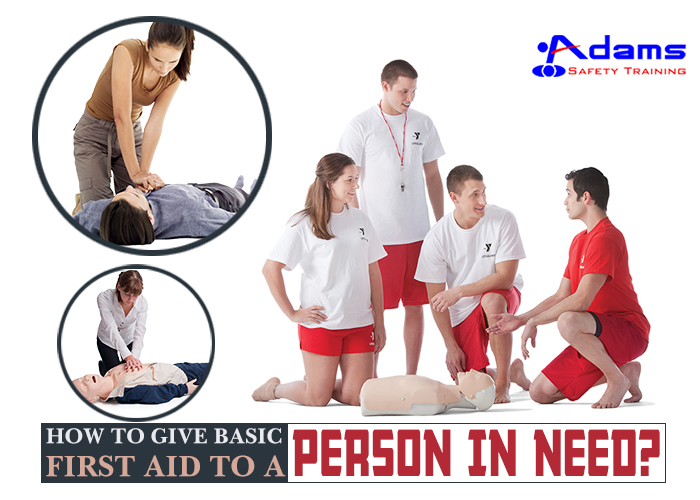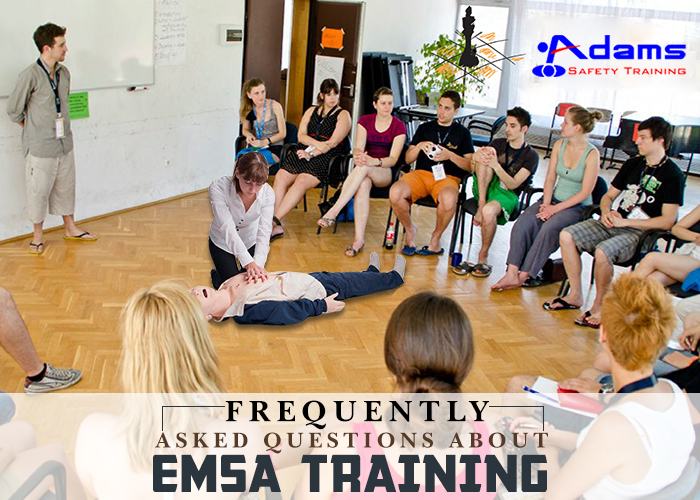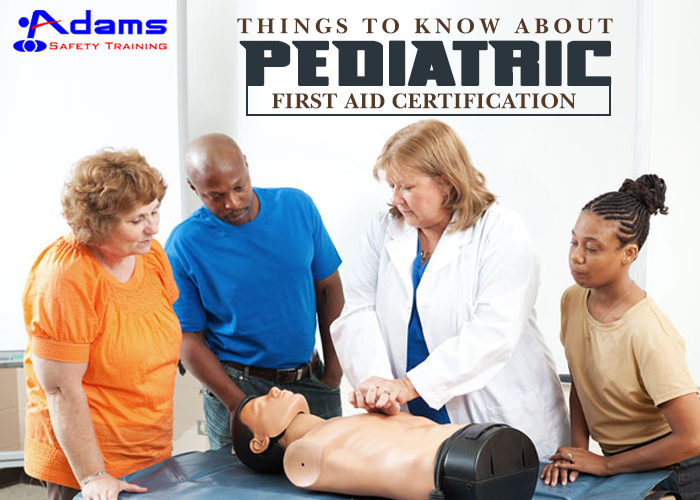First aid is an important skill. By performing simple procedures and following certain guidelines, it may be possible to save lives by giving basic treatment until professional medical help arrives.
Remember in an emergency, there is no time to read instructions. First aid training teaches you some of the basic procedures which will help you react quickly and efficiently in case of some emergency situations. If someone stops breathing, see if the person replies if talked to or touched on the shoulder. In case you are alone, perform the following basic life support for one minute:

Place the person on his/her back on the floor.
Tilt the head so that the chin is pointing upwards. Do this by placing the fingertips under the jawbone, then lift gently while pressing down softly on the person’s forehead. This is done to make sure the tongue is not blocking the throat.
Keep holding the head in this way while checking for breathing. Look if the chest is rising and falling, or place your ear next to their mouth to listen for breathing and feel breath on your cheek. Only check for 10 seconds.
If there is normal breathing, hold the hand as described above until medical help arrives.



